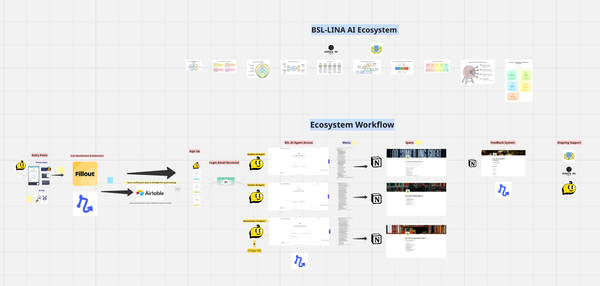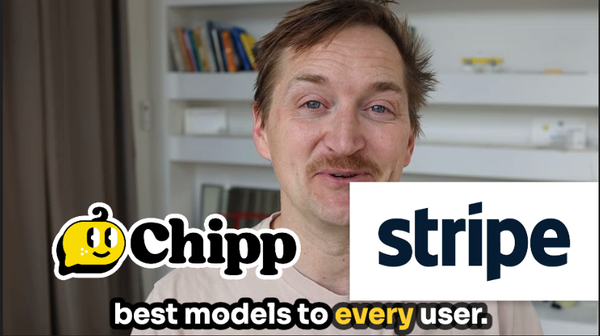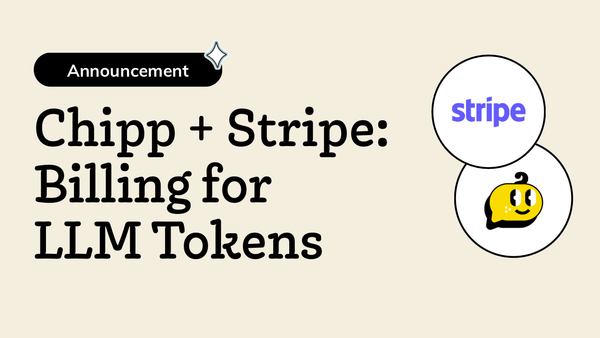What happens when a leading international school decides to make AI a core part of its learning community?
The British School of Lomé (BSL) and Arox AI Agency set out to answer that question—and built a model that any school or organization can learn from.
Meet the British School of Lomé
The British School of Lomé (BSL) is a renowned international school based in Togo, West Africa. Founded in 1983, it serves a diverse community. Known for its commitment to academic excellence and cultural diversity, BSL wanted to embrace artificial intelligence to enhance learning and administration, but they needed to do it in a way that would support all stakeholders.

The Challenge: First-time for AI with Many Stakeholders
BSL wanted to bring AI to students, teachers, and administrators—but with no prior AI systems in place, the stakes were high. Some were excited, others scared, others had no idea what was being talked about.
BSL needed a solution that was:
- Safe and monitored
- Scalable for future growth
- Centered on real human needs
- Easy for everyone to use, from students to staff
The Solution: The BSL-Lina AI Ecosystem
Working with Arox AI, BSL created a multi-agent system using Chipp.ai and Notion. Here’s how they did it:
1. Three AI Agents, One Ecosystem
- Lina AI for Students: Personalized learning, curriculum-aligned support, and a safe space to ask questions.
- Lina AI for Teachers: Tools for lesson planning, assessment, and student monitoring.
- Lina AI for Administrators: Policy alignment, analytics, and system oversight.
2. Notion-Powered Resource Spaces
- Digital workspaces for each group
- Collaborative prompt libraries
- Easy resource discovery and sharing
3. Safety, Monitoring, and Communication
- Automated content monitoring and wellbeing alerts
- Real-time engagement tracking
- Integrated email/chat automation and custom webhooks
- Weekly reports and actionable recommendations
The AI Flow for BSL-Lina
Steed Amoussou, the founder of Arox AI, walks through how everything works in this overview video:
Now that you know how it works, let's see it in action.
Here is Steed walking through the AI tool in action. See what students see and how they can use it, even if they are not experienced with AI:
The Results: Real Impact, Real Adoption
- Smooth onboarding for first-time AI users
- High engagement from students and staff
- Personalized learning and improved teacher efficiency
- Data-driven decisions for administrators
- Continuous improvement through feedback and collaboration
See the Ecosystem in Action Want to see how it all fits together?
👉 Explore the interactive BSL-Lina AI Ecosystem Miro board for a step-by-step visual overview of the system’s structure, workflows, and stakeholder journeys.
How You Can Replicate This Success
Here’s a step-by-step process you can follow:
1. Plan with People in Mind
- Assess the needs of all stakeholders
- Define clear objectives and success metrics
- Map out your workflow and user journeys
2. Build Your Tech Stack
- Set up Chipp.ai for flexible, no-code AI agents
- Organize Notion workspaces for resources and collaboration
- Implement monitoring and reporting systems
3. Roll Out in Phases
- Start with one user group (e.g., teachers), then expand
- Provide hands-on training and support
- Gather feedback and iterate
4. Keep Improving
- Review performance regularly
- Expand your resource library
- Optimize workflows based on real-world use
Lessons Learned
- Human-centered design is key: Empower teachers and students, don’t replace them.
- Safety and equity matter: Monitor content, ensure access for all, and keep humans in the loop.
- Collaboration drives success: Involve all stakeholders and keep feedback flowing.
- Scalability is possible: Modular design and clear workflows make it easy to grow.
Want to build your own human-centered AI ecosystem?
- Learn more about Chipp.ai and how you can build your own AI agents.
- Contact Arox AI for guidance or partnership.




